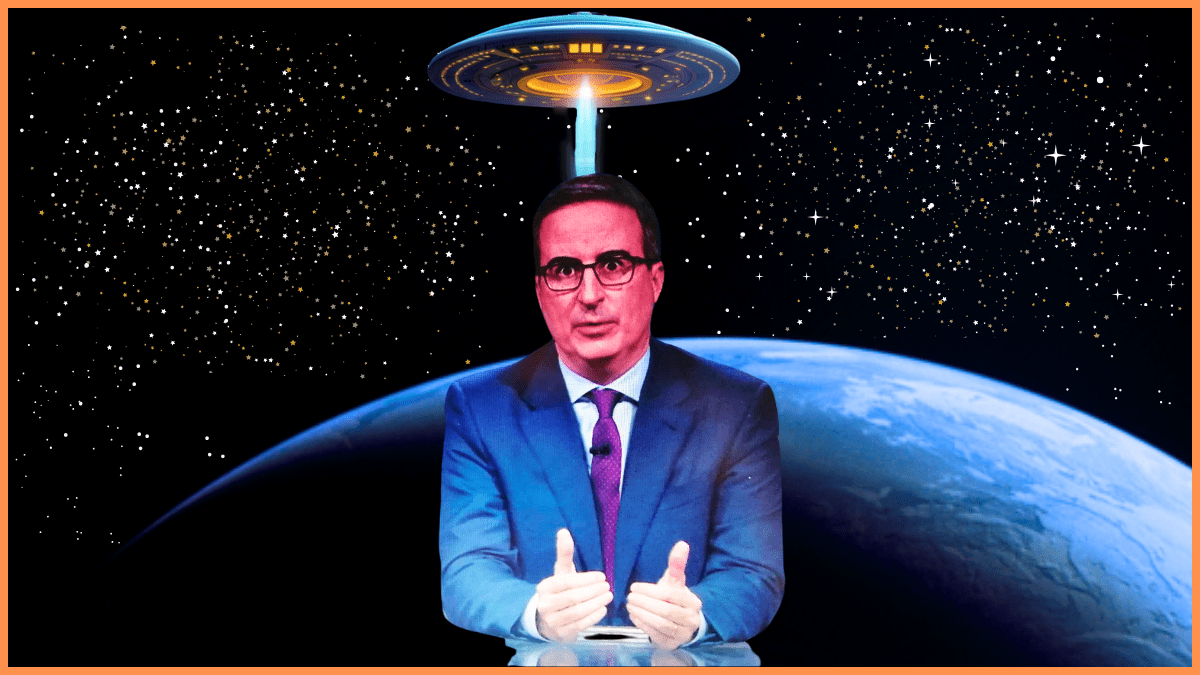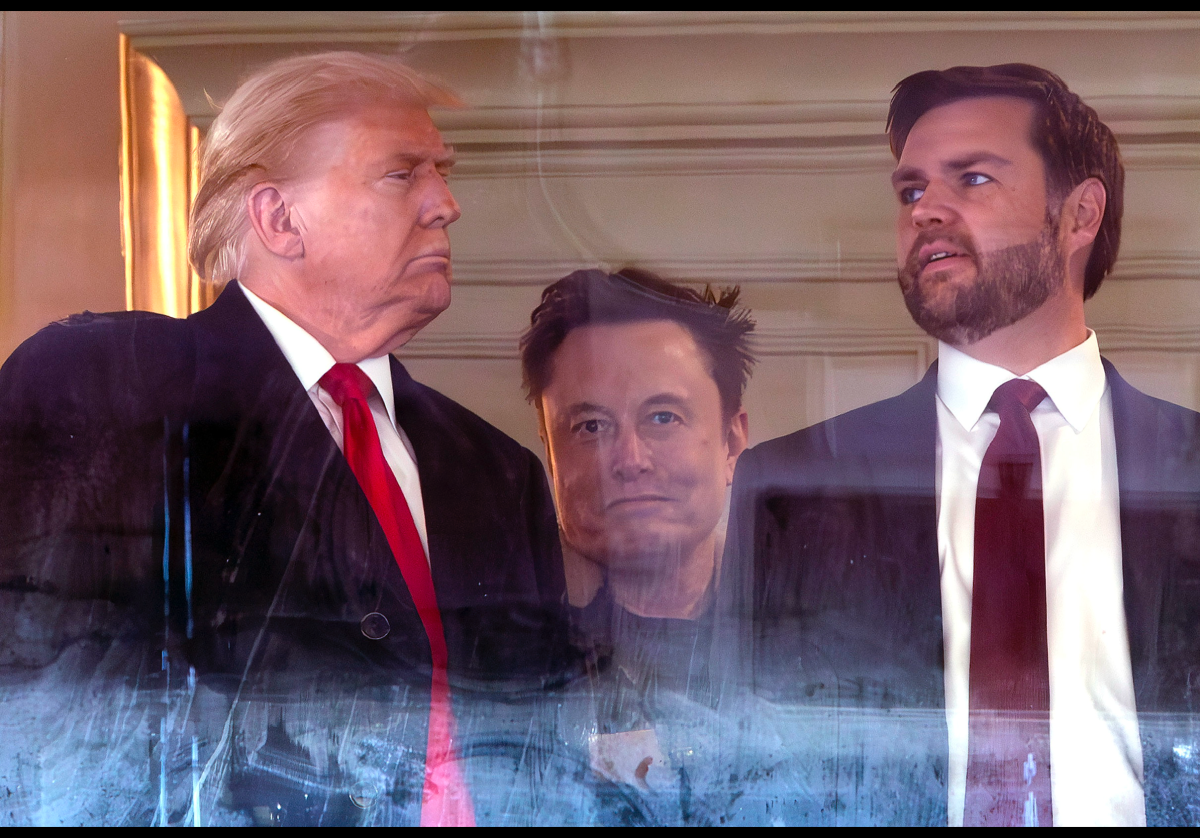Season 11, episode 9 of Last Week Tonight with John Oliver came out on Sunday, April 21, 2024, but its focus was on a topic that has been a prominent if controversial debate in the scientific community as well as part of the news cycle for many decades now: Unidentified Flying Objects, better known as UFOs.
The episode gave examples of how the public has been purposefully misled by the government on this topic, like keeping secret programs from becoming public. The timing for this comes a little over a month after the Department of Defense released a 63-page document outlining the United States’ historical records of UFO sightings, which concludes that none of these were proven to be extraterrestrial activity.
In Oliver’s words: “It’s both promising and long overdue to see people approaching this issue soberly, scientifically, and perhaps most importantly, boringly.”
Here’s why the terminological change is considered relevant to the treatment of the topic.
UFOs or UAPs? What’s the difference?
The term Unidentified Flying Object emerged in the early 1950s, and has acquired layers of connotation associated with unscientific notions and concepts like science fiction and conspiracy theories.
To distance themselves from the term, as well as find another one that could encompass a broader range of phenomena not limited by the word “object”, military and scientific communities have adopted the term Unidentified Anomalous Phenomena, or UAP, which NASA defines as “observations of events in the sky that cannot be identified as aircraft or known natural phenomena.” Although the term UAP has existed for a long while, it was only this century that it became more prevalent and preferred in scientific discourse.
In their UAP Independent Study Team Report, published in Sept. 2023, NASA acknowledged that the acquired collective perception surrounding UFOs hampers objective scientific pursuit, writing that: “The negative perception surrounding the reporting of UAP poses an obstacle to collecting data on these phenomena. NASA’s very involvement in UAP will play a vital role in reducing stigma associated with UAP reporting, which almost certainly leads to data attrition at present.”
Let’s hope that, as John Oliver argues at the end of the episode: “There needs to be room for honest inquiry because science is all about collecting small answers that will eventually help us address big questions.”






Published: Apr 23, 2024 07:06 am